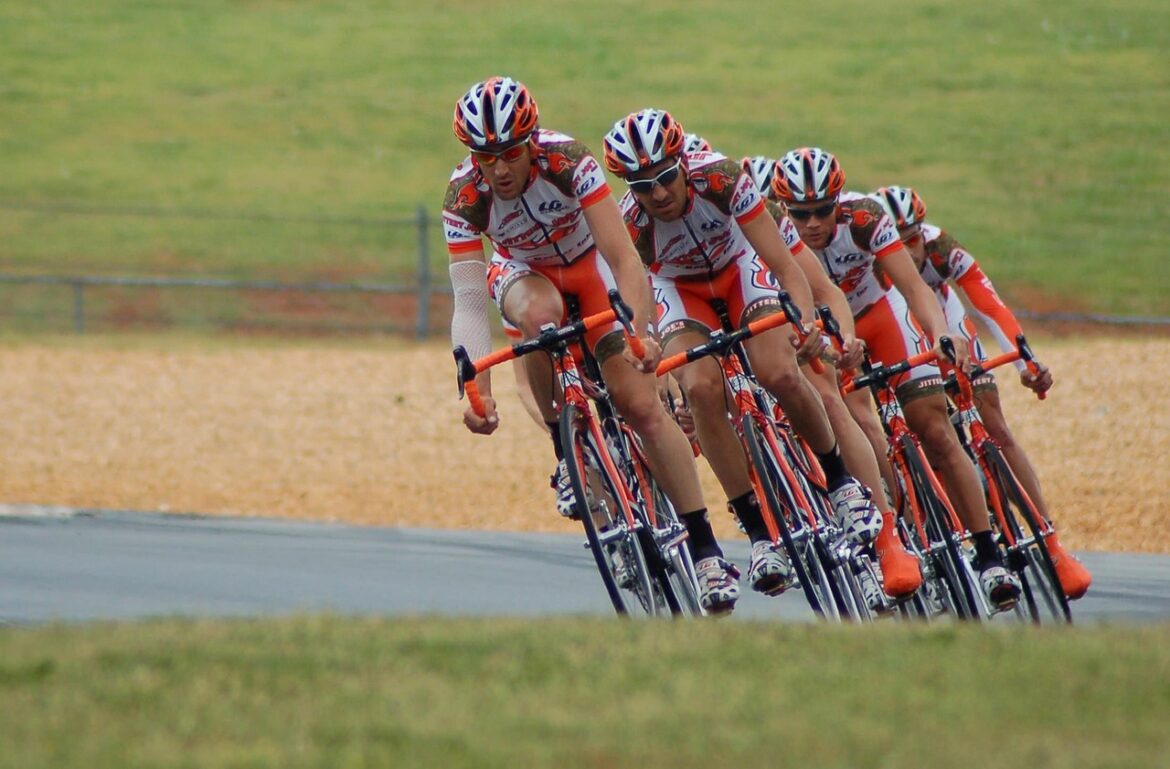Imagine a marketing team spread across four continents finalizing a product launch through AI-curated task lists in Slack, while engineers troubleshoot code via virtual reality Kanban boards. This isn’t sci-fi – it’s 2025’s collaboration landscape. Let’s unpack the frameworks making this possible.
1. The AI Orchestra: Smart Task Routing
Modern tools now act like conductors, analyzing work patterns to assign tasks dynamically. Picture an overloaded designer: AI detects their bandwidth and automatically reassigns illustration work to a freelance network. Teams report 30-50% fewer burnout cases using these predictive systems, which learn when you’re most creative vs. when you need focus time.
Real-world impact: A Tokyo-based game studio used Asana’s updated AI to balance crunch periods, redistributing tasks across global teams based on time zones and specialty tags. The result? Their latest RPG shipped two weeks ahead of schedule.
2. Code-Switching Collaboration Hubs
Platforms like Microsoft Teams evolved into cultural translators, offering real-time idiom conversion and meeting summarization. During a recent EU policy meeting automated transcripts converted legal jargon into plain language across six languages simultaneously.
- Visual handshakes: Shared digital whiteboards with texture feedback
- Tone indicators: AI flags potential misunderstandings in chat
- Silent participation: Emoji-only reaction modes for meeting equity
3. Eco-Conscious Workflow Design
Sustainability metrics now appear beside project deadlines. Marketing teams compete to reduce digital carbon footprints – think compressed file formats and screen-darkening collaboration modes. One apparel company’s design team saved 12 hours weekly by replacing render-heavy prototypes with AR previews.
Pro tip: New Zoom modes optimize video bitrates based on meeting importance, cutting energy use without sacrificing critical face-to-face connection.
4. Emotionally Intelligent Task Boards
Kanban systems now monitor team pulse through:
- Task completion rhythms (sudden slowdowns = potential blockers)
- Message sentiment charts
- Virtual “water cooler” spaces that encourage unstructured bonding
A Berlin fintech startup credits this approach with retaining junior developers during their recent growth spurt, using mood analytics to pair mentors with struggling team members.
5. Mixed Reality Meeting Spaces
Hybrid work’s latest phase: VR conference rooms where Manila-based QA testers can physically point to code errors floating mid-air, while Boston programmers grab virtual components. Early adopters report 40% faster problem-solving compared to traditional screen sharing.
What’s next: Haptic feedback gloves letting remote colleagues “high-five” through tactile vibrations. A construction tech firm already uses these to guide drone operators repairing bridges in different time zones.
The common thread? Modern frameworks treat collaboration as a living ecosystem rather than static processes. As one CTO told me: ‘It’s less about managing tasks now, more about harmonizing human and digital rhythms.’
References:
- https://filestage.io/blog/online-collaboration-tools/
- https://www.grandviewresearch.com/industry-analysis/team-collaboration-software-market
- https://thedigitalprojectmanager.com/tools/best-project-management-software/
- https://www.zoom.com/en/products/collaboration-tools/
- https://makesaasbetter.com/saas-tools/
- https://tcg.uis.unesco.org/wp-content/uploads/sites/4/2025/02/GAML11_2.5c_South-Africa-case-study.pdf
- https://theproductmanager.com/tools/best-kanban-tools/
- https://www.securecodewarrior.com/blog



